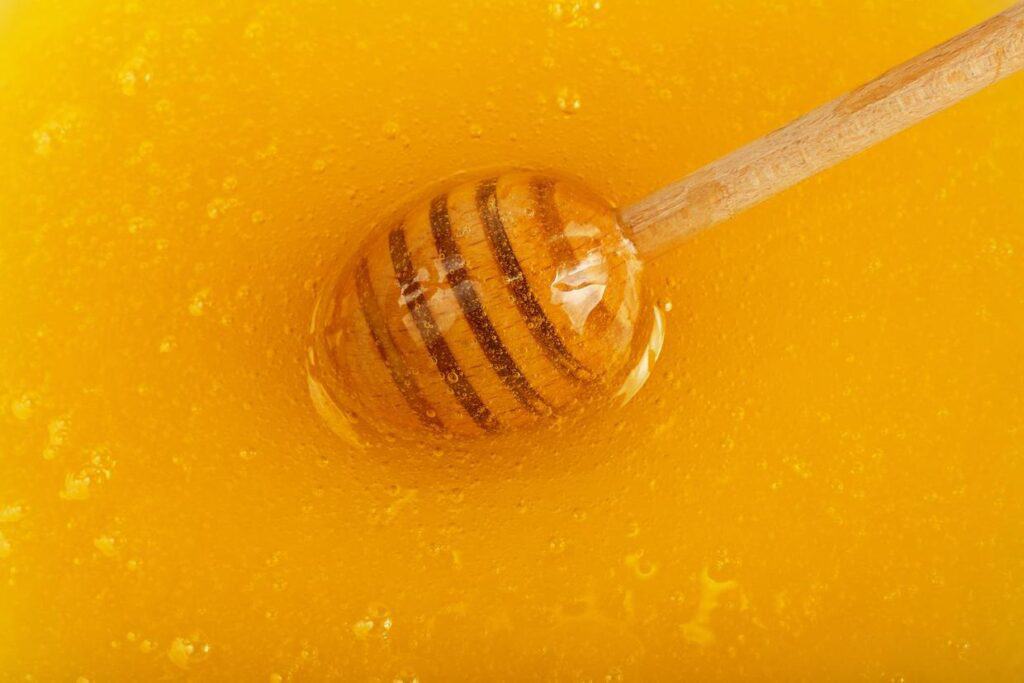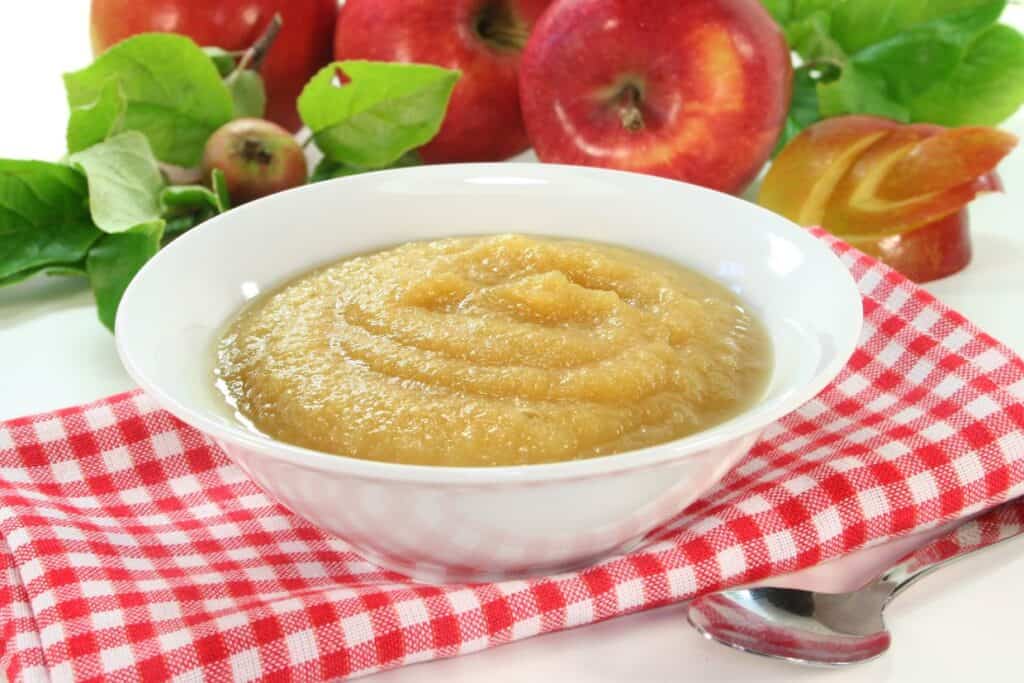Sugar brings sweetness to baked goods, but it can also add calories and spike blood sugar. Whether you’re controlling your blood sugar, managing your weight or wanting a more natural option, there are many sugar substitute options. It’s important to choose a substitute that fits your dietary needs.

Some sugar substitutes are artificial, while others are natural and come from plants. Artificial sweeteners are often intensely sweet and contain few to no calories, while natural sweeteners may have some calories and can offer a more subtle sweetness. This article will explore both kinds of sweeteners so you can decide which ones will work for you.
Why you need sugar
Sugar gives certain qualities to baked goods, desserts and some drinks. Here are some reasons why you need sugar:
- It provides structure. Sugar helps cakes rise, and cookies spread.
- Sugar creates texture. It binds with water to lock in moisture and inhibits gluten development, keeping cookies and breads softer.
- Sugar aids in the caramelization process.
- It facilitates leavening. Sugar makes yeast more effective.
- Sugar adds color. Baked goods get their brown color from sugar.
- It helps stabilize beaten eggs.
- Sugar provides consistency and firmness for jams, jellies and preserves in the gelling process.
Common sugar substitutes
Sugar substitutes can change the texture, flavor or consistency of a recipe. Having the exact ingredient a recipe calls for is ideal but is not always possible due to dietary restrictions, health concerns, allergies or simply not having it on hand. In these cases, these options are great choices.
Honey

Honey is up to 50% sweeter than sugar and has a unique flavor. Baked goods made with honey brown faster than those made with granulated sugar and are moist and dense. To use honey as a substitute, replace one cup of sugar with three-quarters cup plus 1 tablespoon of honey and reduce the other liquid ingredients by 2 tablespoons. Add a pinch of baking soda to neutralize the acidity unless the recipe calls for sour cream or buttermilk.
Stevia
Stevia is derived from the leaves of the Stevia Rebaudiana plant. It is a natural sweetener with zero calories, a glycemic index of zero and hundreds of times sweeter than natural sugar. Because it is so sweet, 1 teaspoon of stevia replaces 1 cup of sugar in most cases. Double-check the product label for the correct conversion because it depends on the brand and type of stevia being used.
Erythritol
Erythritol is a sugar alcohol that occurs naturally in fruits during the fermentation process. Its texture and taste closely resemble sugar, but it is about 70% as sweet. It doesn’t dissolve as well as sugar and can have a cooling sensation, similar to mint. Erythritol does not caramelize but does crystallize. It does not attract moisture, so if a recipe requires a moist texture, like a cake, it works best when combined with other sweeteners. To substitute erythritol for sugar, one and a third cup of erythritol replaces 1 cup of sugar.
Monk fruit sweetener
Monk fruit sweetener is extracted from the fruit of the Siraitia Grosvenorii plant. It is up to 300 times sweeter than sugar and has zero calories. It also has a low glycemic index. Monk fruit sweetener can brown faster than sugar, requiring a higher temperature to caramelize. It can also give your baked goods a different texture. Monk fruit can be used as a one-to-one replacement for sugar in most recipes.
Coconut sugar
Coconut sugar is the crystallized nectar of the coconut palm tree blossom. It has a low glycemic index and a high mineral content. Coconut sugar looks more like brown sugar and is similar in flavor. It works as a substitute in brownies and cakes but isn’t great for making caramel or meringue. Coconut sugar can be used as a one-for-one substitute for sugar.
“I love using coconut sugar because it has a lower glycemic index — we have a couple of pre-diabetic family members — but also a rich, caramel-like flavor. I’ve used it in everything from cookies to banana bread, and it works beautifully, providing a subtle sweetness without overpowering the other flavors. It also reminds me of jaggery, which is used a lot in Indian cooking. The texture is slightly more granulated than regular sugar, but it blends well, so I’m never disappointed.”
— Shruthi Baskaran-Makanju, Urban Farmie
Maple syrup
Maple syrup comes from maple trees and has an earthy, distinct flavor. It is about three times as sweet as sugar. Maple syrup has a low glycemic index and vitamins, minerals and antioxidants. To replace sugar with maple syrup, use three-quarters cup of maple syrup for every cup of sugar. Reduce the amount of liquid the recipe calls for by 3 tablespoons for every cup of maple syrup used. It is also a good idea to reduce the oven temperature by about 25F because maple syrup caramelizes at a lower temperature than sugar.
Applesauce

Unsweetened applesauce gives baked goods a natural sweetness and moisture. It works best in oatmeal cookies and quick breads. Applesauce doesn’t work so well in sugar cookies or cakes. For every cup of applesauce you use, reduce the wet ingredients by a quarter cup. Applesauce can be used as a one-for-one replacement for sugar.
Agave nectar
Agave nectar comes from the agave plant and has a natural sweetness and mild flavor profile. It has a flavor, calories and consistency similar to high fructose corn syrup. For every cup of sugar a recipe calls for, use three-quarters cup of agave nectar. For every three-quarters cup of agave nectar you add, you will need to reduce the liquid by 2 tablespoons.
Allulose
Allulose is a naturally occurring sugar found in foods like raisins and figs. It has fewer calories than sugar and a minimal impact on blood sugar. It browns more quickly than sugar and doesn’t crystallize. Allulose has a taste and texture similar to sugar. It can be used as a one-for-one replacement for sugar in almost any recipe.
Final thoughts
When using a sugar substitute, it’s important to keep in mind that the recipe may not turn out exactly like the original. Follow the directions carefully, and although the flavor and texture may vary from the original, these substitutes can work if you’re looking for healthier or more natural options. They’re also great when you’re in a pinch.
Heidi is a Certified Elementary School Teacher in the Inland Northwest and has been teaching for 18 years. She is also a vintage recipe blogger at Real Life of Lulu, where she focuses on recipes that are at least 50 years old, many from her grandparents’ kitchens. When she isn’t teaching or baking, she loves spending time with her husband and three kids.